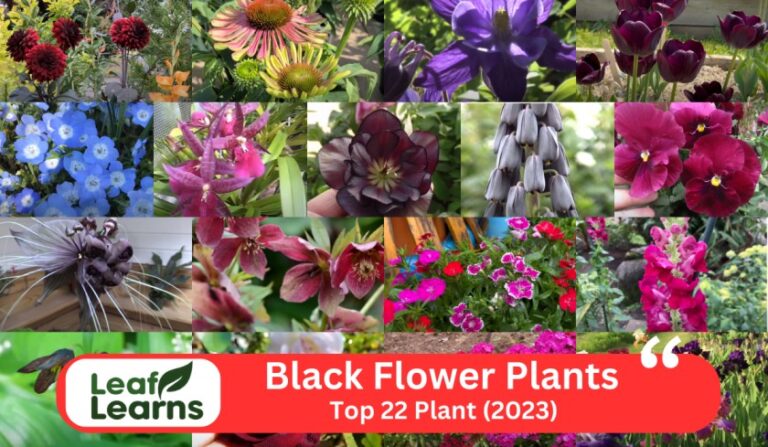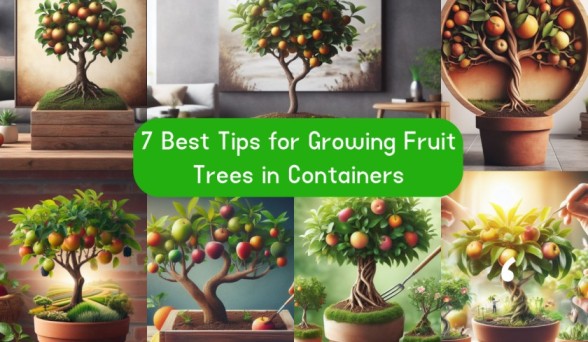Alocasia Soil Mix: Amazing Blends to Use (2024)
More than sunlight and water, the perfect soil mix is required for embracing the stunning foliage of Alocasia plants. So the Alocasia soil mix is the main option for perfect growth.
Perfecting the right environment for Alocasia becomes a complex process as they need a balance of organic and mineral components to thrive and elevate your space with their exotic appeal.
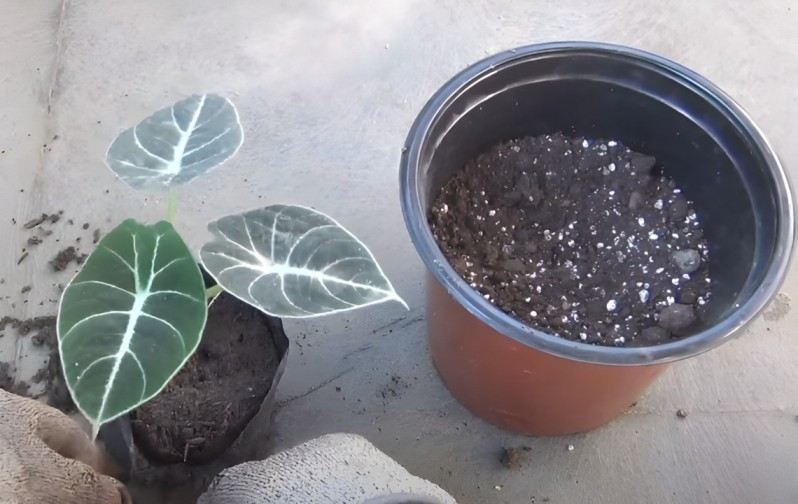
In this guide, we’ll immerse ourselves in the Alocasia soil mix world, learn about its primary components, make do-it-yourself recipes and share useful tips to ensure that your botanical friend is content.
| Component | Purpose | Proportion |
|---|---|---|
| Potting Soil | Provides a base for nutrients and moisture | 50% |
| Perlite | Improves drainage and aeration | 25% |
| Orchid Bark | Enhances aeration and prevents compaction | 15% |
| Coconut Coir | Retains moisture and improves soil structure | 10% |
| Sand | Aids in drainage and prevents soil compaction | 5% |
| Worm Castings | Adds organic matter and nutrients | 2-3 handfuls per gallon of soil mix |
| Compost | Enriches the soil with organic nutrients | 2-3 handfuls per gallon of soil mix |
| Slow-Release Fertilizer | Provides sustained nutrition | Follow package instructions for application |
| pH Adjuster (if needed) | Ensures the soil pH is suitable for Alocasia | Follow recommendations based on soil test |
Contents
- 1 Why is Alocasia Soil Mix Important?
- 2 What Makes a Great Best Alocasia Soil Mix?
- 3 Ingredients for a Perfect Alocasia Soil Mix
- 4 DIY Alocasia Soil Mix Recipes
- 5 DIY Alocasia Soil Mixes
- 6 Tips for Creating Your Alocasia Soil
- 7 Using a Blend of PRAY FOR US BLEND
- 8 Mix Your Own with Big Perlite
- 9 Mix Your Own Chunky Aroid Mix
- 10 Alocasias Plant Roots Favor Soil with Great Drainage
- 11 Alocasia Plant Growth will be Dependent on High Organic Matter
- 12 Alocasia like Slightly Acidic Soil
- 13 Moisture Retention is Fundamental for Ideal Alocasia Potting Mixture
- 14 DIY Alocasia Potting Mix
- 15 Commercial Solutions
- 16 Tips for Quantity and Size
- 17 Beyond the Mix: Additional Alocasia Care Tips
- 18 Optimizing Alocasia Growth: Nurturing with Tailored Soil Mix and Care Practices
- 19 FAQs
- 19.1 What kind of soil does Alocasia need?
- 19.2 How do you make Alocasia potting mix?
- 19.3 What is the best soil mix for elephant ears?
- 19.4 What is the best potting soil for Alocasia Polly?
- 19.5 What is Alocasia mix?
- 19.6 What is the best soil for Alocasia bulbs?
- 19.7 Can i use cactus soil for alocasia?
- 19.8 Do Alocasia like sandy soil?
- 19.9 What pH should Alocasia soil be?
- 19.10 What is the best Alocasia soil mix composition?
- 19.11 What is the Best Soil for Alocasia?
- 19.12 Do Alocasias like Peat Moss?
Why is Alocasia Soil Mix Important?
Alocasias come from the tropical rainforests of Southeast Asia, where they flourish in well-draining and airy soil that is rich in organic matter.
Regular potting mixes often don’t make the grade, being too compact or lacking just what these heavy feeders desire. Using the wrong soil can cause a slippery slope, from stunted growth and yellowing leaves to root rot and even death.
What Makes a Great Best Alocasia Soil Mix?
The perfect medium for growing Alocasia should lie between moisture retention and drainage. It should be:
Well-draining: Alocasias do not appreciate soggy roots so the mix must allow water to escape freely from it. This prevents root rot, which is a fatal fungal disease.
Air-porous: Healthy growth of the plant requires good air circulation around the roots to avoid anaerobic bacteria.
Moisture-retentive: Drainage is important, but Alocasias also like the soil to be somewhat moist. The mix should have enough moisture to keep the plant moist between waterings.
Nutrient-rich: This requires a soil mixture that offers all the necessary nutrients to ensure healthy and vibrant growth as well as lush foliage.

Ingredients for a Perfect Alocasia Soil Mix
Aroid Soil: Alocasia prefers aroid soil, which is a mixture created especially for plants such as philodendrons and peace lilies.
Perlite: Add perlite to the mix for better aeration and drainage. This is a lightweight volcanic mineral that prevents soil compaction, and the roots can breathe while reducing chances of flooding.
Orchid Bark: Orchid bark that is added to the mix, helps in moisture regulation and adds stability in the soil structure. It avoids waterlogging, which is a common problem with Alocasia since it leads to better root system growth.
Peat Moss: While not necessary, peat moss can be useful due to its moisture-retaining properties. It causes a pH that is slightly acidic, resembling the environment Alocasia prefers.
DIY Alocasia Soil Mix Recipes
There are two main ways to create a perfect Alocasia mix soil: whether buying a pre-made blend or making your own.
Pre-made Blends
Commercial Alocasia Mixes: Many plant stores and online retailers carry pre-mixed Alocasia soil, formulated for these tropical beauties. These are convenient mixes, normally with the right ingredients in the proper ratios.
Aroid Mixes: Aroid mix is also good for Alocasias because they have similar soil needs to Philodendrons and Anthuriums.
DIY Alocasia Soil Mixes
If you’re a hands-on gardener, creating your own Alocasia-soil mix can be rewarding and allows you to customize the ingredients based on your plant’s specific needs and your local environment. Here are two popular recipes:
1. Chunky Aroid Mix
- 1 part orchid bark
- 1 part perlite or pumice
- 1 part coco coir or peat moss
- 1/2 part worm castings or compost
2. Alocasia Delight
- 2 parts potting mix
- 1 part orchid bark
- 1 part perlite or pumice
- 1/2 part worm castings or compost
- 1/4 part horticultural charcoal
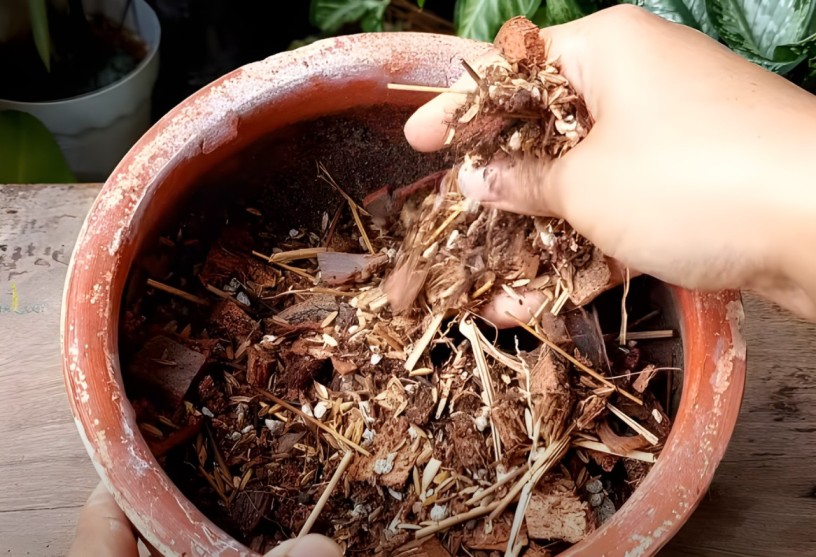
Tips for Creating Your Alocasia Soil
- Use fresh, high-quality ingredients.
- Stir the ingredients until they are evenly distributed.
- Before planting wet it slightly to avoid air pockets.
- Adjust the recipe relative to your plant’s particular requirements and your setting. For instance, if you reside in a humid area then it may be that too much coco coir or peat moss is used.
Using a Blend of PRAY FOR US BLEND
To maximize growth of Alocasia plants, suggest the PRAY FOR US BLEND which is a ready to use solution formulated for growers looking for ease.
This mixture provides good drainage, making the plant happy in a well-ventilated environment that encourages healthy root development.
Mix Your Own with Big Perlite
Add Big Perlite into the Alocasia-soil mix for a tailored blend. This lightweight volcanic mineral ensures good drenage, which stops soil from getting compressed and allows Alocasia roots to breathe easily.
Mix Your Own Chunky Aroid Mix
Create a custom Alocasia soil blend using the MIX YOUR OWN CHUNKY AROID MIX. Chunky aroid soil promotes aeration and moisture retention, both.
This varied texture promotes good rooting and meets the Alocasia’s preference for a substrate that is well-draining yet very rich in nutrients.
Alocasias Plant Roots Favor Soil with Great Drainage
Alocasias grow well in fast-draining soils where the water does not rot their roots. Use ready-mixed blends or devise your own, but give preference to ingredients that allow for efficient drainage of water, as this helps in planning the right environment for healthy root growth.
Alocasia Plant Growth will be Dependent on High Organic Matter
Alocasia plants heavily depend on a potting mix with plenty of organic matter for growth. Use materials such as aroid soil or compost to ensure that the Alocasia foliage has adequate nutrients and an ideal environment in which to thrive.

Alocasia like Slightly Acidic Soil
Ensure that your Alocasia soil-mix has a mild acid pH to simulate the plant’s natural habitat. Acidity of this kind can be achieved using components such as peat moss, and the soil will then be aligned with what Alocasia plants prefer.
Moisture Retention is Fundamental for Ideal Alocasia Potting Mixture
To compose the perfect potting mixture for an Alocasia plant, stress on a moisture retaining quality.
Ensure that your soil is able to retain moisture for long sufficient to meet a plant’s hydration requirements, whether you are using pre-mixed blends or formulating your own mixes with peat moss and well-rotted manure.
DIY Alocasia Potting Mix
Making your own Alocasia potting mix is a fulfilling endeavor in which you’re able to create the concoction that suits your plant best. 1x aroid soil, 1x perlite and 1 x orchid bark.
For enthusiasts wanting an individual approach, try out various ratios or add peat moss for better moisture control.
Commercial Solutions
If you want convenience without sacrificing quality, there is an array of commercial products on the market that are specifically designed to meet Alocasia’s needs.
Soil Ninja and Alocasia Ninja are reliable companies that provide pre-mixed solutions, making your life easier and guaranteeing proper care for your plant.

Tips for Quantity and Size
It is essential to find out the right number of soil mixes and their size. 0.5, 5L, 10L and 600ml Alocasia soil mix serve different purposes depending on the demand of your Alocasia plant.
Check the size of your pot and the water retention requirements for every variety of Alocasia.
Beyond the Mix: Additional Alocasia Care Tips
Potting: Pick a pot with drainage holes so that the excess water can flow out. A pot that is just slightly larger than the root ball would be perfect.
Watering: Water deep when the top inch feels dry to touch. Do not overwater leading to root rot.
Fertilizing: Use a half-strength liquid fertilizer during the growing season.
Light: Alocasias prefer bright, indirect sunlight. Keep away from direct sunlight, which will burn the leaves.
Humidity: Alocasias grow better in mild to high humidity. Use a humidifier or put the pot in a tray with some water and pebble.
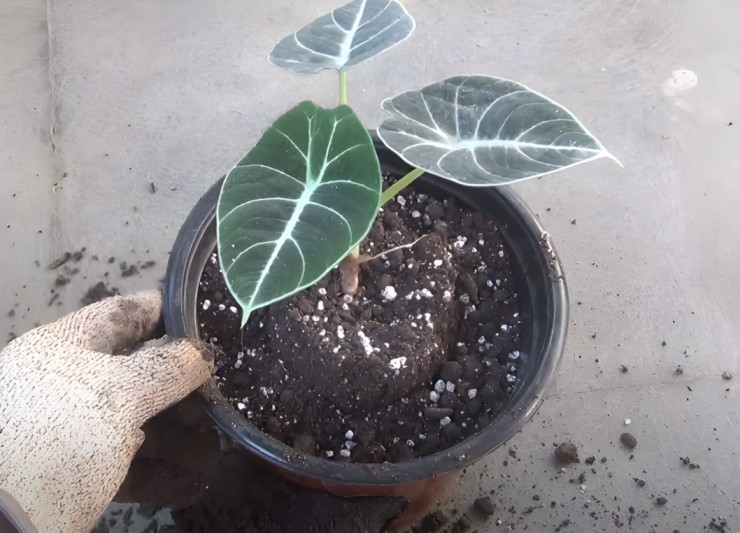
Optimizing Alocasia Growth: Nurturing with Tailored Soil Mix and Care Practices
Achieving optimal growth for Alocasia plants requires careful consideration of the soil mix components and general care practices. Begin by selecting the right soil mix, such as an aroid soil mix or the popular Tropica soil, known for its quality.
Many enthusiasts prefer creating their DIY soil mix, incorporating mineral substrates like Erdmix or experimenting with a Substrat mischen (substrate mix) for a personalized touch. Understanding what kind of soil Alocasia needs is crucial; the best soil mix for Alocasia should strike a balance between moisture retention and drainage.
Following a comprehensive soil mix guide and instructions ensures that your Alocasia receives the appropriate care. Quantity matters too, and various options like Alocasia soil 0.5, 5L, 10L, 600ml, 7 days, and 8L provide choices based on your plant’s specific needs.
Commercial products like Soil Ninja or Alocasia Ninja offer ready-made solutions for those seeking convenience. Don’t forget miscellaneous factors; Alocasia green shield, Alocasia loco, and Alocasia yucatan are additional elements to consider, along with tips and guidance available on Alocasia soil mix Reddit communities.
Repotting and transplanting, indicated by Alocasia umpflanzen and Alocasia umtopfen, respectively, should also be part of your care routine. Overall, a thoughtful approach to soil mix components, care practices, and attention to specific details will contribute to the well-being of your Alocasia plants.
FAQs
What kind of soil does Alocasia need?
Alocasia prefers well-draining, moisture-retentive soil comprising of fairly evenly balanced organic and mineral contents.
How do you make Alocasia potting mix?
Combine aroid soil, perlite, and orchid bark to prepare Alocasia potting mix that will ensure proper aeration and allow for free water drainage.
What is the best soil mix for elephant ears?
Hence, the Elephant ears including Alocasia prefer a rich and well-draining mix supplemented with some organic matter such as compost or well rotten manure.
What is the best potting soil for Alocasia Polly?
Alocasia Polly will do well in a well draining, peat-based potting mix with perlite or sand to avoid waterlogging.
What is Alocasia mix?
Alocasia mix in most cases denotes a special soil mixture designed to suit specific requirements meant for the growth of plants like Alocasia.
What is the best soil for Alocasia bulbs?
Alocasia bulbs prefer a well-aerated, loose potting mix with the addition of perlite or sand to encourage vigorous root growth.
Can i use cactus soil for alocasia?
Indeed, cactus soil is suitable for Alocasia plants. Alocasia requires soil that drains well, and the necessary aeration is provided by cactus mix. For the best drainage and moisture retention, cactus soil should be combined with sand or perlite.
Do Alocasia like sandy soil?
Alocasia preferring usually good-draining soil may not do so well in pure sand and needs to consistency between drainage and organic matter.
What pH should Alocasia soil be?
Their ideal pH range for the absorption of nutrients is between 6.0 to 7.0 slightly acidic to neutral soil.
What is the best Alocasia soil mix composition?
An ideal Alocasia soil mix consists of aroid soil, perlite, orchid bark and peat moss; this combination creates the necessary structure, drainage and nutrients.
What is the Best Soil for Alocasia?
For the best growth of Alocasia, the fertile soil should be a well-aerated mixture that consists of organic matter, perlite and aroid soil to provide ideal moisture retention as well as reasonable drainage.
Do Alocasias like Peat Moss?
Yes, peat moss in the soil mix is often good for Alocasias because it provides for moisture retention and acidity which makes favorable growing conditions.

